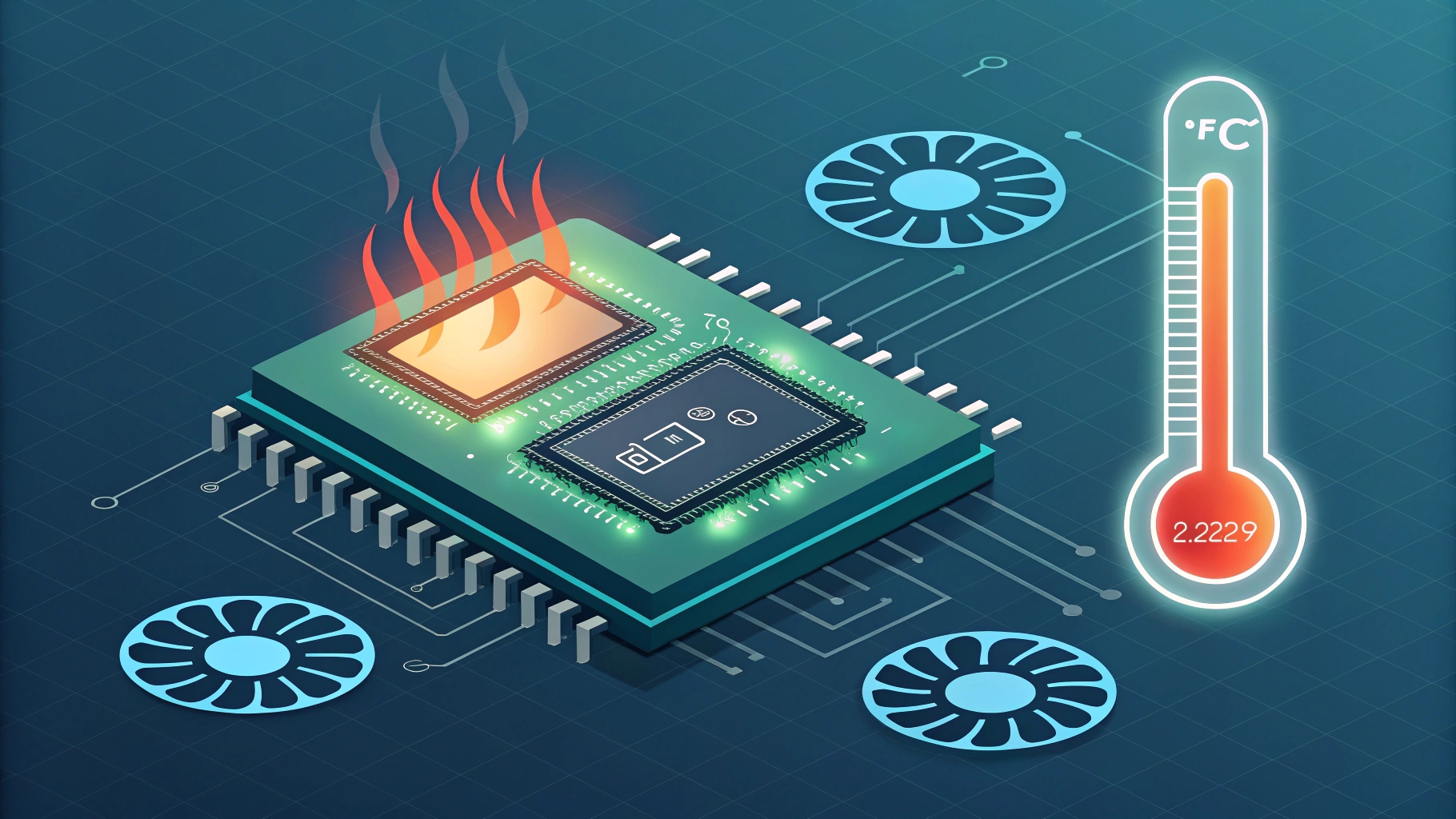The CPU is the brain of your computer, and just like any machine, it creates heat when it works. If the heat goes too high, your computer may slow down, freeze, or even shut down. This is why checking the CPU temperature is important. By keeping an eye on it, you can protect your system and make it last longer.
Safe CPU Temperature Range
A healthy CPU should stay in a safe temperature range. When your computer is idle, the CPU temp is usually between 30°C to 45°C. When you are playing games or using heavy programs, it may rise to 60°C to 80°C. If the temperature goes above 90°C, it can be dangerous and may damage your CPU over time.
Ways to Check CPU Temperature
There are different ways to check CPU temp. One way is through the BIOS/UEFI. When you restart your computer and press a special key (like Delete or F2), you can enter the BIOS and see CPU temperature. Another way is by using built-in tools. For example, Windows has Task Manager, and Linux has command-line tools that can help. The easiest method is to use third-party software, which shows live CPU temperature in detail.
Best Tools to Monitor CPU Temp
Many free tools are available. HWMonitor is simple and shows all system temps. Core Temp is light and easy to use for quick checks. MSI Afterburner is popular with gamers because it also tracks GPU temperature. Open Hardware Monitor is a good open-source option that works on most systems.
How to Check CPU Temp on Different Systems
On Windows, you can use Core Temp, HWMonitor, or MSI Afterburner for accurate readings. On Mac, you can install apps like iStat Menus, which show CPU temp in the menu bar. On Linux, you can use commands like sensors after installing the lm-sensors package, which gives CPU temp directly in the terminal.
Tips to Keep CPU Temperature Low
There are simple ways to keep your CPU cool. Make sure you have a good cooling system, like fans or liquid coolers. Clean dust inside your computer often, because dust blocks airflow. If you build or upgrade your PC, use thermal paste correctly between the CPU and cooler. Also, keep the airflow inside your case clear by arranging cables neatly and adding extra fans if needed.
Common Signs of Overheating
Your computer often shows signs when the CPU is too hot. Sudden shutdowns can happen to protect the system. You may notice lag, freezing, or crashes during games or heavy tasks. Another common sign is loud fan noise, as the system tries to cool down the CPU quickly.
Conclusion
Checking your CPU temperature is a simple but very important task. It helps you keep your computer safe, avoid overheating, and get the best performance. By using the right tools and following cooling tips, you can make sure your CPU stays in a healthy range and works smoothly for years.
FAQs on CPU Temperature
What is a good CPU temperature?
A good CPU temperature is between 30°C and 45°C when idle and 60°C to 80°C when under load.
How can I check CPU temp without software?
You can restart your computer, go to BIOS/UEFI, and check the CPU temp there.
Can high CPU temp damage the computer?
Yes, very high CPU temperature can damage hardware or reduce its lifespan.
What is the easiest tool to use?
Core Temp and HWMonitor are the easiest tools for beginners.
How can I lower my CPU temp fast?
Clean dust, improve airflow, check cooling fans, and use fresh thermal paste.
